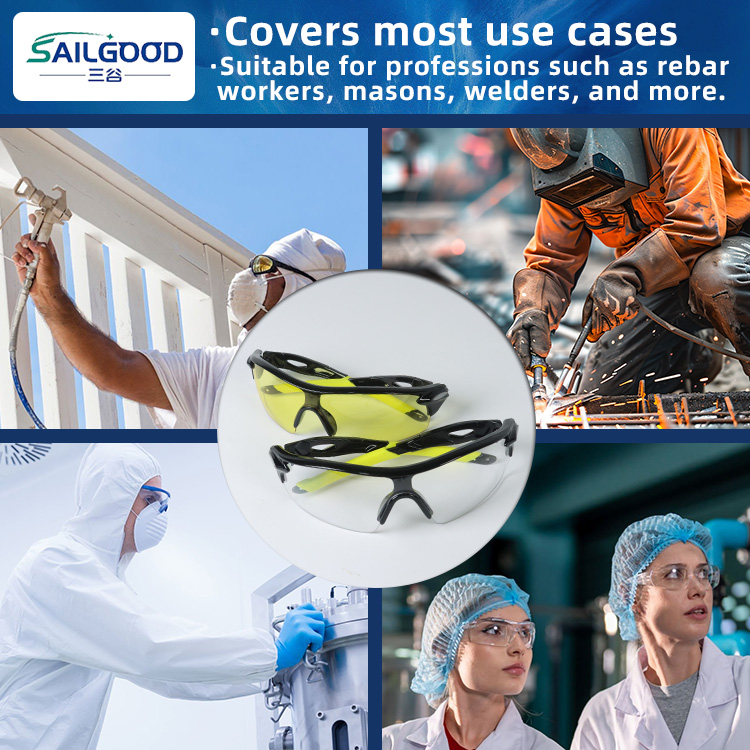What Makes a Safety Helmet Compliant for Industrial Use
Upload Time:
May 23, 2025
Compliant Safety Helmets: What Industrial PPE Must Include
A compliant safety helmet is a fundamental component of industrial PPE (Personal Protective Equipment). In high-risk workplaces like construction sites, factories, or oilfields, a safety helmet is your first line of defense against falling objects, head impacts, and electric hazards. But not every helmet on the market is a compliant helmet.
So, what exactly qualifies a helmet as safe, legal, and effective?
1. Compliance with Recognized Standards
A compliant helmet must meet national or international safety standards. These include:
-
ANSI Z89.1 (U.S.) – the most recognized helmet safety standard in the United States.
-
EN 397 (EU) – Europe’s standard for industrial safety helmets.
-
GB 2811-2019 (China) – defines technical specifications for head protection in occupational settings.
Always check for the appropriate certification marking inside the helmet.
2. Impact and Penetration Resistance
Helmets must pass rigorous impact and penetration tests. A compliant helmet will:
-
Resist high vertical impact (e.g., falling objects)
-
Prevent sharp objects from piercing through the shell
3. Electrical Insulation (if applicable)
For workplaces with electrical hazards, look for helmets rated:
-
Class E (Electrical): tested to 20,000 volts
-
Class G (General): tested to 2,200 volts
These classifications are typically marked inside the helmet.
4. Suspension System & Fit
The inner suspension system is key to energy absorption. It should:
-
Be adjustable (4-point or 6-point suspension)
-
Provide a snug but comfortable fit
-
Keep a clearance space between the shell and head
5. Material & Durability
A compliant helmet is usually made from high-density polyethylene (HDPE), ABS, or polycarbonate materials. These materials ensure:
-
UV resistance
-
Long-term durability under harsh environments
-
Temperature and chemical resistance
6. Expiration and Inspection
Even compliant helmets have a service life. Most manufacturers recommend:
-
Service life: up to 5 years from manufacture date
-
Suspension system replacement: every 12 months
-
Regular inspections: for cracks, fading, or brittle material
Conclusion
Choosing a compliant safety helmet is not just about compliance—it's about protection. Ensure every part of your industrial PPE lineup meets recognized standards, is well-maintained, and offers full protection where it counts.
Contact Us
To learn more about compliant safety helmets or to request a quote for your industrial PPE needs, please contact us:
Email: [email protected]
Website: www.sailgood.com
Address: SAILGOOD Safety Equipment Co., Ltd., Industrial Zone, Foshan, China
OEM/ODM Inquiries Welcome
ANSI Z89.1 (U.S.) – the most recognized helmet safety standard in the United States.
EN 397 (EU) – Europe’s standard for industrial safety helmets.
GB 2811-2019 (China) – defines technical specifications for head protection in occupational settings.
Resist high vertical impact (e.g., falling objects)
Prevent sharp objects from piercing through the shell
Class E (Electrical): tested to 20,000 volts
Class G (General): tested to 2,200 volts
Be adjustable (4-point or 6-point suspension)
Provide a snug but comfortable fit
Keep a clearance space between the shell and head
UV resistance
Long-term durability under harsh environments
Temperature and chemical resistance
Service life: up to 5 years from manufacture date
Suspension system replacement: every 12 months
Regular inspections: for cracks, fading, or brittle material
Conclusion
Choosing a compliant safety helmet is not just about compliance—it's about protection. Ensure every part of your industrial PPE lineup meets recognized standards, is well-maintained, and offers full protection where it counts.
Website: www.sailgood.com
Address: SAILGOOD Safety Equipment Co., Ltd., Industrial Zone, Foshan, China
OEM/ODM Inquiries Welcome
Relevant News






